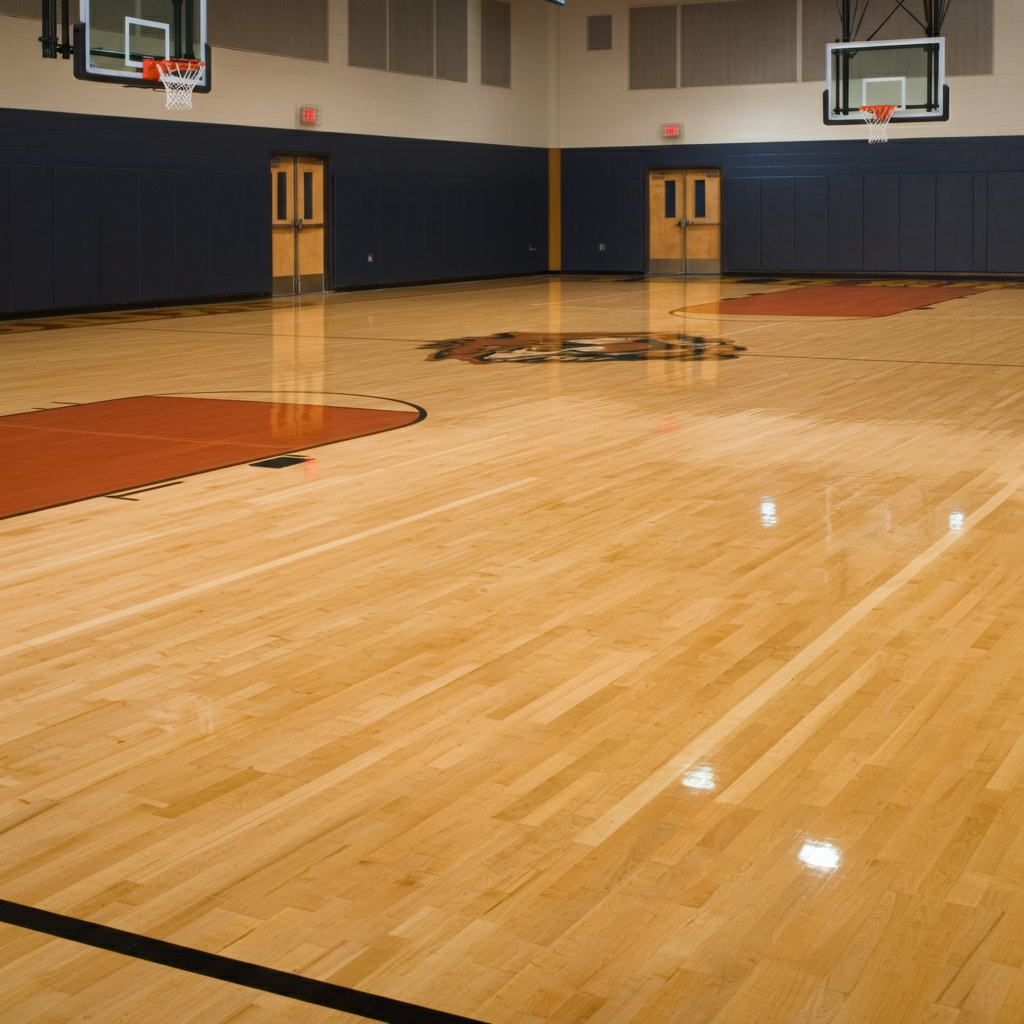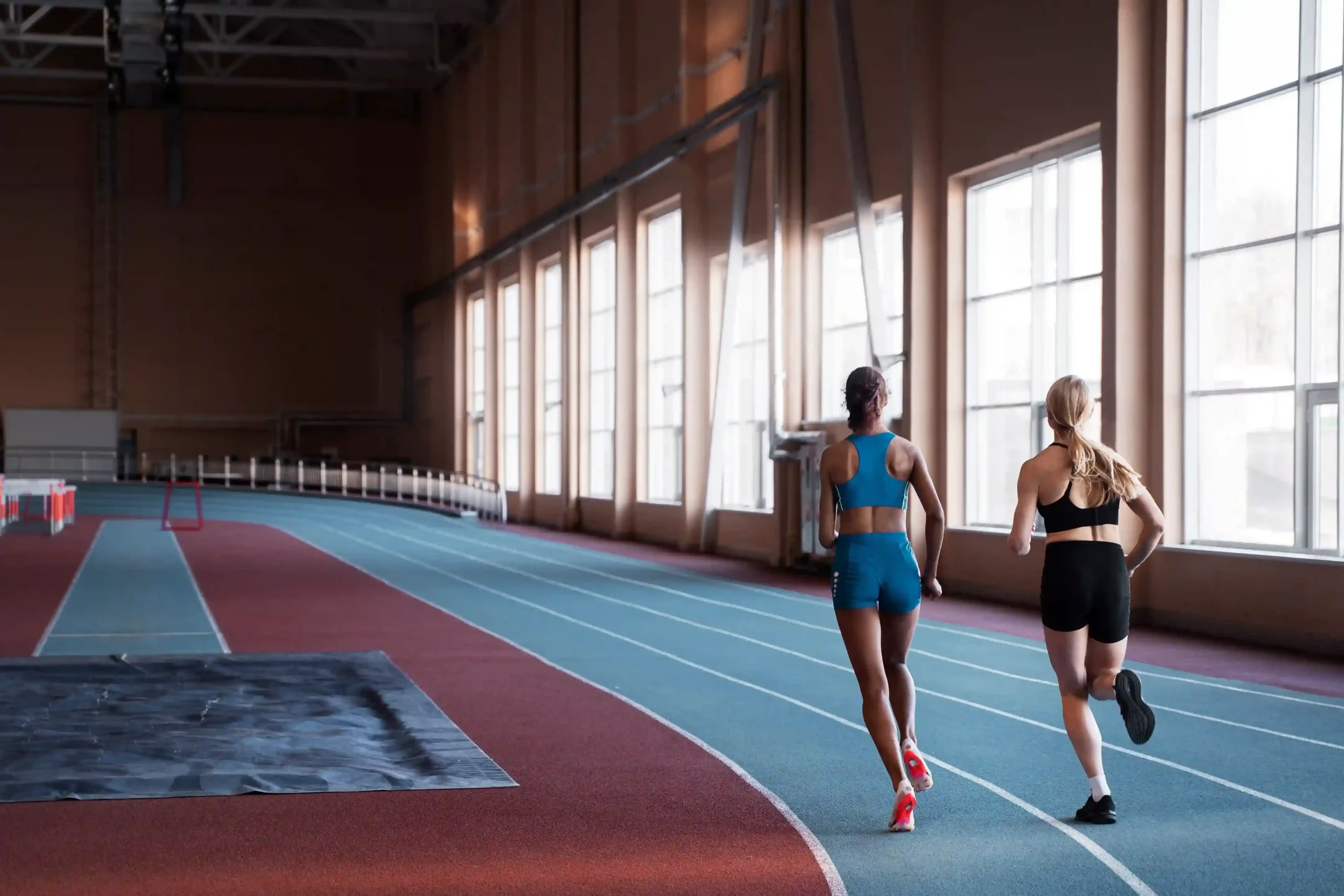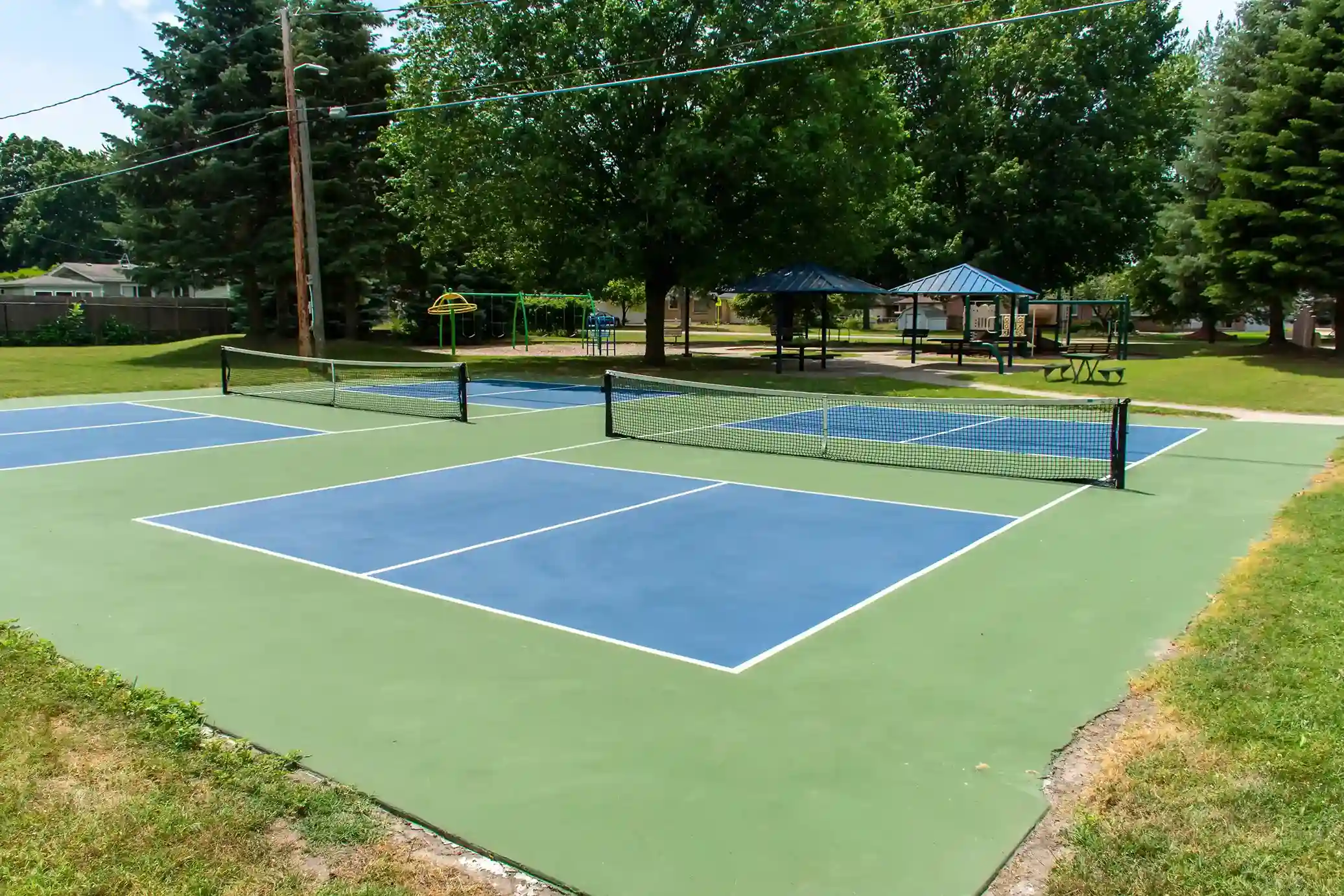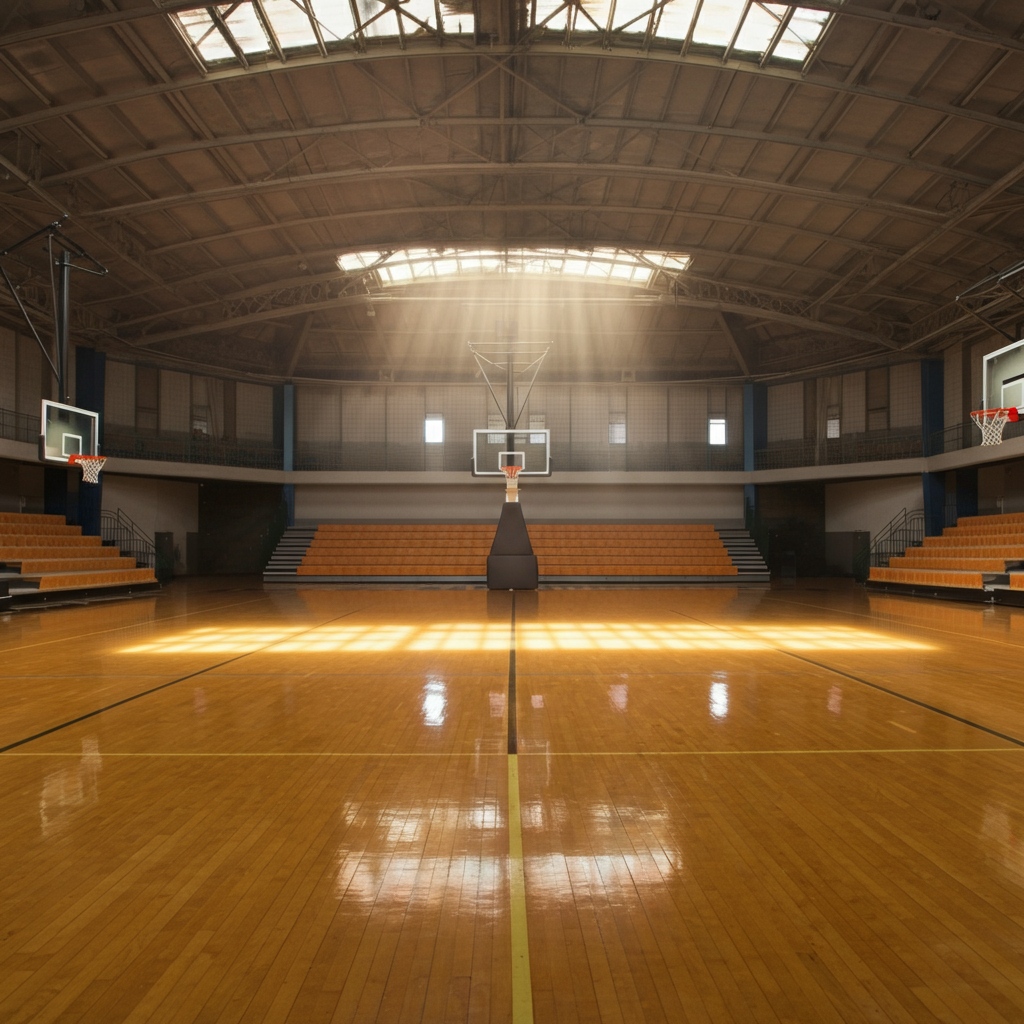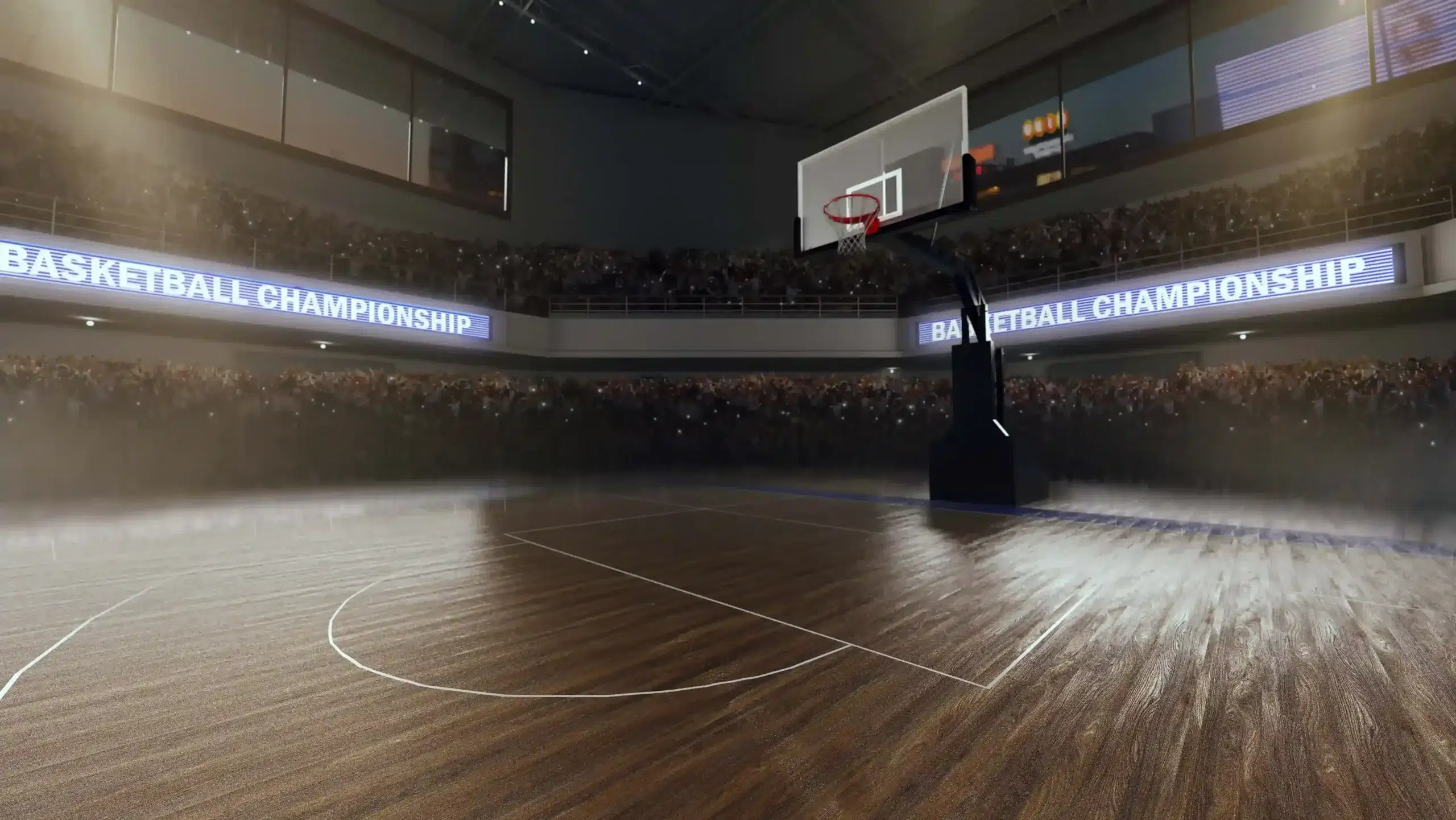Selecting the appropriate thickness for your wood basketball court flooring represents one of the most critical decisions in sports facility construction. The floor thickness directly impacts player safety, performance quality, and long-term durability of your investment. Professional sports facilities, educational institutions, and private courts all require precise specifications to meet international standards and ensure optimal athletic performance.
Modern basketball court flooring systems have evolved significantly, with advanced engineering delivering superior shock absorption, ball rebound consistency, and structural integrity. Understanding the technical requirements for floor thickness enables architects, facility managers, and contractors to make informed decisions that balance performance, safety, and budget considerations.
This comprehensive guide examines the essential factors determining optimal wood basketball court floor thickness, from professional arena specifications to recreational facility requirements. Whether you’re planning a FIBA-certified competition venue or a community gymnasium, the right floor thickness forms the foundation for exceptional athletic performance and player protection.
The Critical Role of Floor Thickness in Basketball Court Performance
Wood basketball court floor thickness directly influences multiple performance characteristics that define the playing experience. Proper thickness ensures consistent ball rebound across the entire court surface, meeting the 85-95% rebound requirements specified in international basketball standards. This consistency prevents unpredictable ball behavior that could compromise game quality or player safety.
Shock absorption represents another crucial function of adequate floor thickness. Professional-grade floors must absorb between 25-35% of impact energy to protect players from joint injuries and reduce fatigue during extended play. Insufficient thickness compromises this protection, leading to increased injury risk and diminished athletic performance over time.
The structural integrity of your basketball court depends on maintaining proper thickness specifications. Thicker flooring systems distribute loads more effectively across the subfloor, preventing localized stress concentrations that could cause premature failure. This engineering principle becomes particularly important in high-traffic facilities where the court experiences constant use throughout the day.
Temperature and humidity fluctuations create expansion and contraction forces that thicker floors manage more effectively. Professional installations incorporate expansion gaps and moisture barriers, but adequate thickness provides additional stability against environmental changes that could compromise court flatness or create dangerous playing conditions.
Key Factors Determining Optimal Floor Thickness
Level of Play and Performance Standards
Professional and collegiate basketball facilities require different thickness specifications than recreational courts. FIBA-certified flooring systems typically demand minimum thickness requirements to meet international competition standards, ensuring consistent performance for professional athletes. These specifications account for the intense physical demands of elite-level basketball, including aggressive cutting movements, jumping, and rapid directional changes.
Educational facilities serving multiple sports programs need flooring systems that accommodate basketball, volleyball, and other court sports simultaneously. Multi-sport applications may require adjusted thickness specifications to optimize performance across different athletic activities while maintaining safety standards for all users.
Community centers and recreational facilities can often utilize slightly reduced thickness specifications while still providing safe, enjoyable playing conditions. However, even recreational installations must meet minimum safety requirements for shock absorption and ball rebound to prevent injuries and ensure proper game play.
Subfloor Conditions and Support Systems
The existing subfloor structure significantly influences the required basketball court flooring thickness. Concrete subfloors provide excellent stability and may allow for thinner wood flooring systems, while wooden subfloors might require additional thickness to achieve proper rigidity and performance characteristics.
Advanced subfloor preparation includes moisture barrier installation, leveling compounds, and sometimes complete structural reinforcement. These preparatory measures can impact the overall floor system design and influence the optimal thickness selection for the finish flooring layer.
Professional installations often incorporate specialized subflooring systems designed specifically for sports applications. These engineered systems work in conjunction with the finish flooring to achieve target performance specifications, potentially allowing for optimized thickness selections that balance cost and performance.
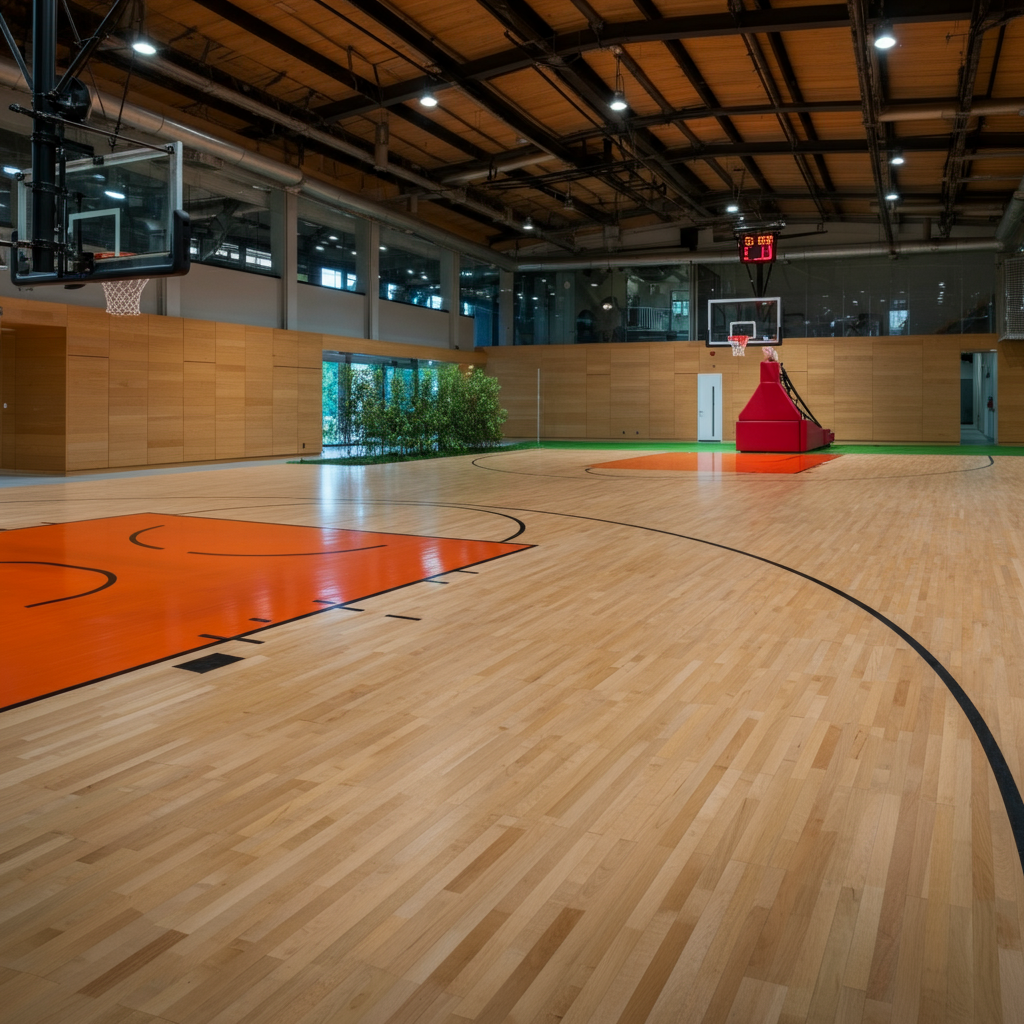
Budget Considerations and Long-term Value
Initial installation costs increase with floor thickness due to higher material requirements and potentially more complex installation procedures. However, thicker flooring systems often provide superior durability and reduced maintenance costs over their service life, creating better long-term value propositions.
Maintenance requirements vary significantly between different thickness specifications. Thicker floors typically withstand refinishing operations better, allowing for more sanding and refinishing cycles throughout their service life. This extended maintenance capability translates into lower total cost of ownership for busy facilities.
Energy efficiency considerations also factor into thickness selection. Properly specified flooring systems contribute to overall building thermal performance and can impact heating and cooling costs in large athletic facilities.
Standard Thickness Measurements and Applications
Professional Competition Standards (22-25mm)
Professional basketball venues, including NBA arenas and international competition facilities, typically utilize flooring systems measuring 22-25mm thick. This specification provides the optimal balance of shock absorption, ball rebound consistency, and structural performance required for elite athletic competition.
These thicker systems incorporate advanced wood species selection, typically featuring hard maple construction with specialized finishing systems. The additional thickness allows for multiple refinishing cycles throughout the floor’s service life, maintaining peak performance characteristics for decades with proper maintenance.
Sports flooring standards at the professional level also require specific subfloor systems engineered to work with these thicker finish floors. The complete system approach ensures consistent performance across the entire court surface while meeting stringent international certification requirements.
Educational and Community Facilities (18-22mm)
School gymnasiums, community centers, and municipal recreation facilities commonly utilize flooring systems measuring 18-22mm thick. This specification provides excellent performance characteristics while managing budget constraints typical in public facility projects.
These installations must balance multi-sport requirements with basketball-specific performance needs. The selected thickness accommodates various athletic activities while ensuring proper shock absorption and ball rebound for basketball use. Many educational facilities choose this thickness range to meet state athletic association requirements while maintaining reasonable project costs.
Quality control becomes particularly important in educational installations due to heavy use patterns and limited maintenance budgets. Proper thickness selection contributes to long-term durability and reduces the frequency of major refinishing or replacement projects.
Recreational and Training Facilities (15-18mm)
Private training facilities, fitness centers, and recreational courts may utilize slightly thinner systems measuring 15-18mm. While still providing safe playing conditions, these specifications prioritize cost efficiency for facilities with lighter use patterns or specific budget constraints.
Careful attention to subfloor preparation becomes critical with thinner flooring systems. Proper moisture control, leveling, and support structure ensure that reduced thickness doesn’t compromise safety or performance characteristics for recreational users.
Some manufacturers offer specialized thin-profile systems designed specifically for renovation projects or facilities with height restrictions. These engineered solutions maximize performance within thickness constraints while meeting safety requirements for recreational basketball use.
Installation Best Practices for Optimal Floor Performance
Moisture Management and Climate Control
Proper moisture management begins before flooring installation and continues throughout the facility’s operational life. Wood moisture content must be carefully controlled during installation, typically maintaining 6-8% moisture content to prevent excessive expansion or contraction after installation.
Climate control systems should maintain temperature between 65-75°F and relative humidity between 35-50% for optimal floor performance. These environmental conditions prevent excessive wood movement that could compromise court flatness or create dangerous playing conditions.
Advanced moisture barrier systems protect the flooring from subfloor moisture while allowing proper vapor transmission. Professional installations incorporate both vapor barriers and moisture testing protocols to ensure long-term stability regardless of floor thickness specifications.
Professional Installation Techniques
Certified sports flooring installers utilize specialized techniques to achieve the precision required for basketball court applications. Proper fastening patterns, expansion gap calculations, and surface preparation procedures directly impact the long-term performance of any thickness specification.
Quality control during installation includes continuous monitoring of surface flatness, ensuring the finished court meets specifications across the entire playing area. Professional installations typically achieve flatness tolerances within 3mm across any 3-meter measurement, regardless of floor thickness.
Advanced installation techniques may incorporate laser-guided leveling systems and precision measuring equipment to ensure consistent thickness and performance characteristics throughout the entire court surface.
Long-term Maintenance Strategies
Proper maintenance protocols preserve the performance characteristics that proper thickness selection provides. Regular cleaning, protective coatings, and scheduled refinishing maintain optimal playing conditions while extending the floor’s service life.
Refinishing schedules depend partly on floor thickness, with thicker floors typically accommodating more sanding cycles throughout their service life. Professional maintenance programs balance immediate performance needs with long-term preservation strategies to maximize return on investment.
Preventive maintenance includes regular inspection of expansion gaps, moisture monitoring, and prompt attention to any surface damage that could compromise player safety or performance characteristics.
Maximizing Your Basketball Court Investment
Selecting the appropriate wood basketball court floor thickness requires careful consideration of multiple factors including performance requirements, budget constraints, and long-term facility goals. Professional consultation ensures that your thickness selection aligns with intended use patterns while meeting applicable safety and performance standards.
Modern sports flooring installation techniques and materials provide exceptional flexibility in achieving optimal performance across various thickness specifications. Working with experienced professionals ensures that your floor thickness selection integrates properly with subfloor conditions, environmental controls, and maintenance capabilities.
The investment in proper floor thickness pays dividends in player safety, performance consistency, and long-term durability. Whether constructing a professional arena or community gymnasium, the right thickness specification provides the foundation for years of exceptional athletic performance.
Contact VMKON for expert consultation on your basketball court flooring project. Our certified professionals provide comprehensive analysis of your specific requirements, ensuring optimal thickness selection that balances performance, safety, and budget considerations for your unique facility needs.

